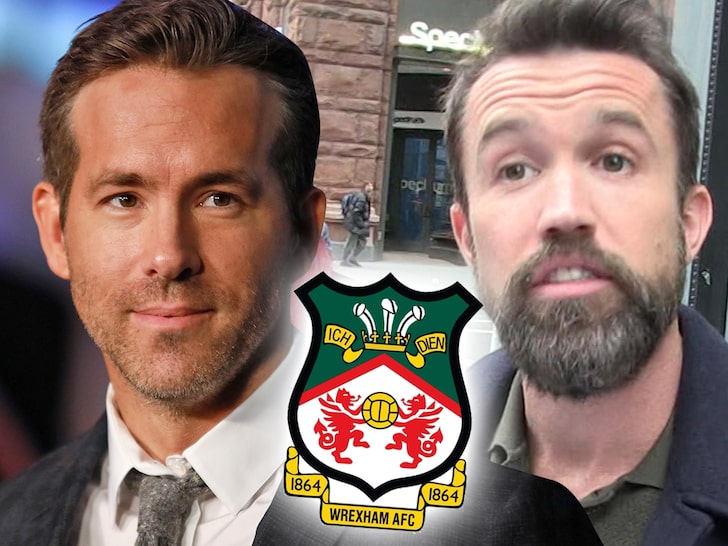There is a Hole in the Ship! – Missteps in Strategic Directions

We had a flight to catch at Delhi. And we were running late. We took solace in the fact that we had a real fast MUV and could rush to the airport in double-quick time. But that was before we had factored a difficult clutch. While our initial thinking was correct, we were slowed down by a faulty clutch which made the distance seem longer than usual.
There is an interesting anecdote about Dr Gil Amelio (that’s how he liked to be called), the erstwhile CEO of Apple. In the late ‘90s, in a conversation with a journalist, he said that Apple was a ship loaded with treasures, but it had a hole at the bottom, leaking water. And ‘my job is to get everyone to row in the same direction. It gives a good laugh and Steve Jobs used it as a joke with many people including Larry Ellison, who needless to say could not control himself.
Many companies draw up grand plans giving it euphemisms like XXX 3.0 and so on. Strategy is a sexy word in the business world. What would CEOs prefer – a good strategist or a good executor? I guess that 10 out of 10 will go for the first one. Most leaders have been focused on picking a direction and then trying to get everyone to steer in that direction.
The two examples, whilst funny are representative of the way many companies and their leaders function. It also exemplifies how leaders approach strategy. The strategy may be very good, and on the face of it the boat you have taken can take you there but there is a big hole and you have to fix it first! Instead of trying to fix what is wrong, strategists are looking to steer in a designated direction.
Choosing the direction is just one aspect of the strategy. The strategy should come from a proper analysis of the organization – strengths/ capabilities, weaknesses, competition, threats etc. – a comprehensive understanding of the organization. The strategy should emanate from an understanding of the internal issues and external conditions.
More often than not, strategic direction is provided by leaders who think that the best way to solve the weaknesses of a particular organization is to drive it in a new way. The hope is that the organization will have a self-healing mechanism that will resolve and cure the weaknesses. However, these problems will not only prevent the organization from following the direction given but also prevent it from reaching its potential.
Consider Infosys, which until a few years back was the poster boy of the Indian IT industry. With a lot of fanfare, sometime back, Infosys decided to change or ‘transform’ itself. Calling initiative Infosys 3.0, it was to move into three areas –
a) Transformation, which includes ‘Change-the-business’ initiatives like package implementation and consulting.
b) Business operations, which include ‘run-the-business’ initiatives like application development & maintenance, testing and BPO.
c) Innovation, including products and platforms.
All this is fine but to put this in place, you need people to do it. Happy and satisfied employees! And that is the biggest hole in Infosys….along with other smaller ones!
1) Unsatisfied employees – The controversial iRace was introduced in Infosys a few years back and many employees were terminated. The perception of Infosys as an employer of choice had deteriorated. While employees with poor performance are like dead wood in any organization and have to be removed, the way it was done had many employees seething. This initiative scorched the very fabric of Infosys and affected its culture. There is no dearth of intelligent Infoscions whose level of intelligence is the same or better than competition like Cognizant, TCS etc. However, competition grew far better in the same market that Infosys was also in. With a set of disgruntled or unsatisfied employees, no company can succeed.
Earlier, in India, if an eligible boy or girl worked at Infosys, it was considered a big plus for matrimonial alliances. Agreed that the earlier Infosys had a socialistic touch, however it worked in India. And it was not surprising that Infosys earlier was the bell-weather for the Indian IT industry.
2) Improper communication – The leadership team could have undertaken an extensive internal communication effort, but they should have focused more on what the initiative would be. The idea was good but the execution was poor. iRace fueled a sense of fear in the employees especially the junior ones and not surprisingly they worried about their future with the company. These anxieties further fueled rumours as people tried to make sense of what was happening, which further complicated matters. By taking the time to help employees better understand what was happening and why the team could have avoided this.
3) Top-down vs. bottom-up – From what I read from the media the approach is top-down. A more effective way would have been to engage the organization at various levels starting from the bottom, upwards. When this is done, there is a sense of understanding and employees feel they have been taken into confidence. In such a scenario the pain of separation will be minimized.
4) Improper mindset – Organizationally Infosys is still in a service-driven mindset. While Infosys 3.0 does highlight that the requirements are different for innovation and product-driven organisation over a service-oriented one, little has been done to make it work. I have personally met some brilliant Infoscions in the innovation team who would have perhaps got more attention, support and funds elsewhere.
5) Strategy driving culture – Culture comprises norms, attitudes, beliefs, etc., which will drive how the company will work. It focuses on the human side of the organization and controls the way employees interact with each other and externally. Many leaders think that strategy will drive culture. That is very untrue. Culture and the resultant behaviour will drive strategy. In such a scenario Infosys should pay careful attention to its culture. One of the strengths of Infosys was the culture it possessed. However, presently there was a huge disconnect between the leaders and their employees.
6) Fear of change – Change changes the status quo. And many individuals resist change. It can be due to many reasons – fear of failure, less involvement in the planning, not sure about the impact, lack of confidence among others. Managing change requires a lot of leadership involvement. And it gets tougher when the organization gets larger. A lot of hand-holding is required so that the employees are made to understand and can cope with this change.
Fix the holes first and leaks will stop. Once the leaks stop, the boat is steady. Once the boat is steady you can set sail and reach the destination.



